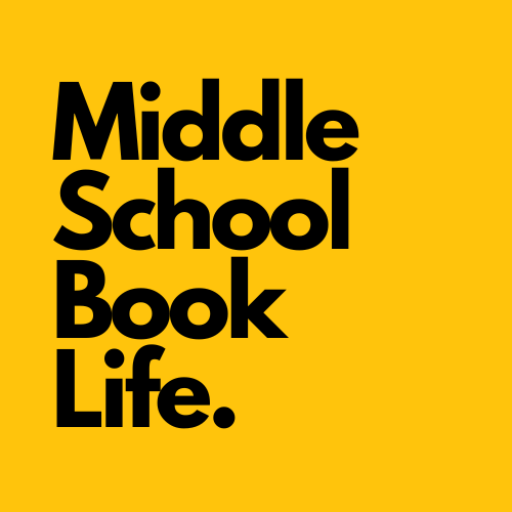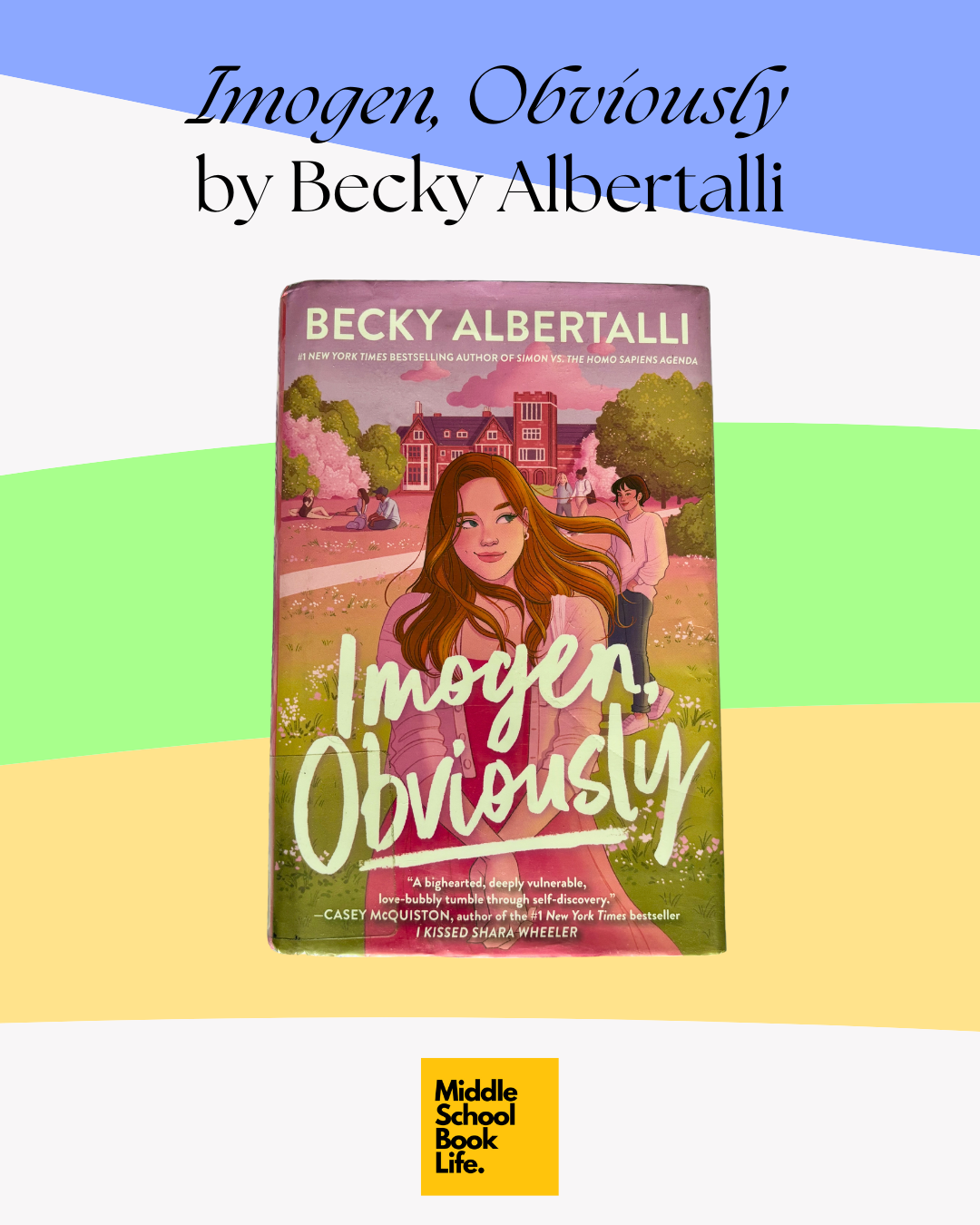Consider reading this book with your Advisory class, in a girls or boys group, or potentially in Health class. The themes around boundaries and consent can certainly be discussed in ELA, but may have more impact in a different school setting.

Title: What Happened to Rachel Riley?
Author: Claire Swinarski
Genre: Realistic Fiction
Age range: 11+
Summary: Anna is a new 8th grade student at East Middle School where she quickly realizes that a fellow student, Rachel Riley, has been completely ostracized. Perplexed by how someone could have no friends, and committed to earning admission to a podcasting summer camp, Anna sets out to discover what happened to Rachel. Anna’s investigation reveals a deeply hurtful secret, one that threatens to engulf her if she doesn’t speak up.
“What Happened to Rachel Riley?” is similar to:
🦗 Chirp by Kate Messner (middle school girls dealing with unwanted sexual attention and figuring out how to ask adults for help)
🌎 A Heart in a Body in the World by Deb Caletti (includes a high school girl who is the subject of stalker-like attention from a male classmate)
Why it’s an engaging addition to your classroom library:
This is a spoiler (sorry) but the secret Anna uncovers revolves around male classmates inappropriately touching their female classmates—and considering it a game. The book provides a critical lesson on sexual harassment and boundaries. Because it’s told from the perspective of 13-year-olds, it will resonate with your middle schoolers.
The chapters are structured like a case file. There are snippets of text message conversations, copies of emails, transcript of audio interviews, etc., in addition to narrative storytelling. This variety makes the book easier to consume and thus more attractive to reluctant readers.
(Do you have suggestions for other books that are written like a case file? I’d love to hear about them!)
An additional storyline is that Anna’s family has moved from Chicago to Madison, leaving behind her beloved grandma, Babcia. Hand it to students who have moved away from family recently to help them know their not the only ones feeling a bit homesick.
Depending on what your students need, this book could easily be an independent reading selection, part of a book club unit, or even a whole class novel study. Consider reading it as a whole class if sexual harassment or inappropriate touching is a problem at your school. Or, include it in a book club unit where students read different books about bullying. Use these reading questions (created by the author) to guide discussions.
Final Two Cents: Students don’t always tell us about what’s really going on. A book like this can be the catalyst they need to speak up and ask for help.
This post includes affiliate links. Any purchases made through them come at no extra cost to you but they do help keep this newsletter free and accessible.


